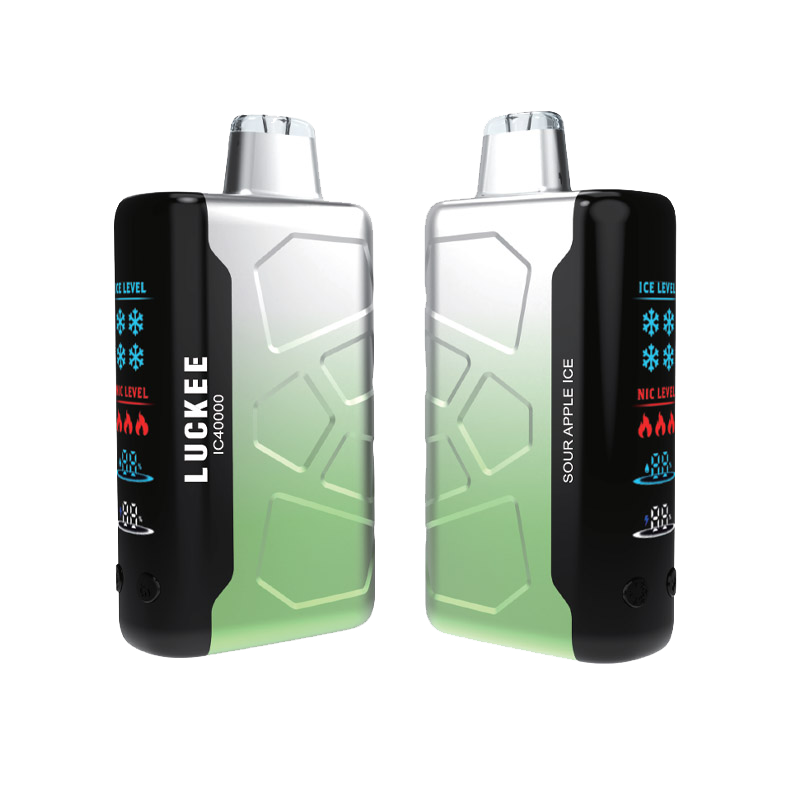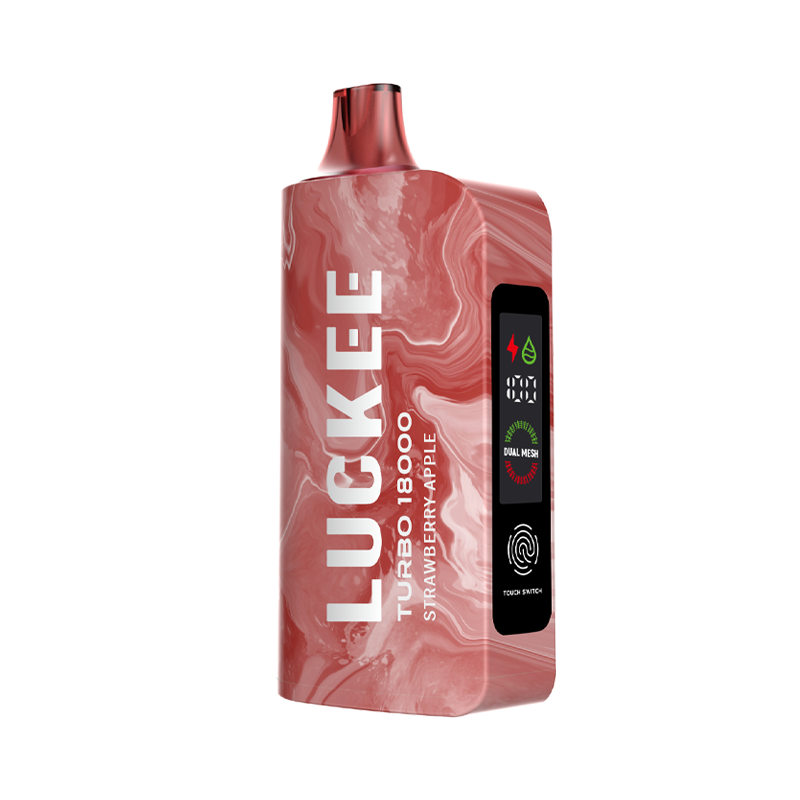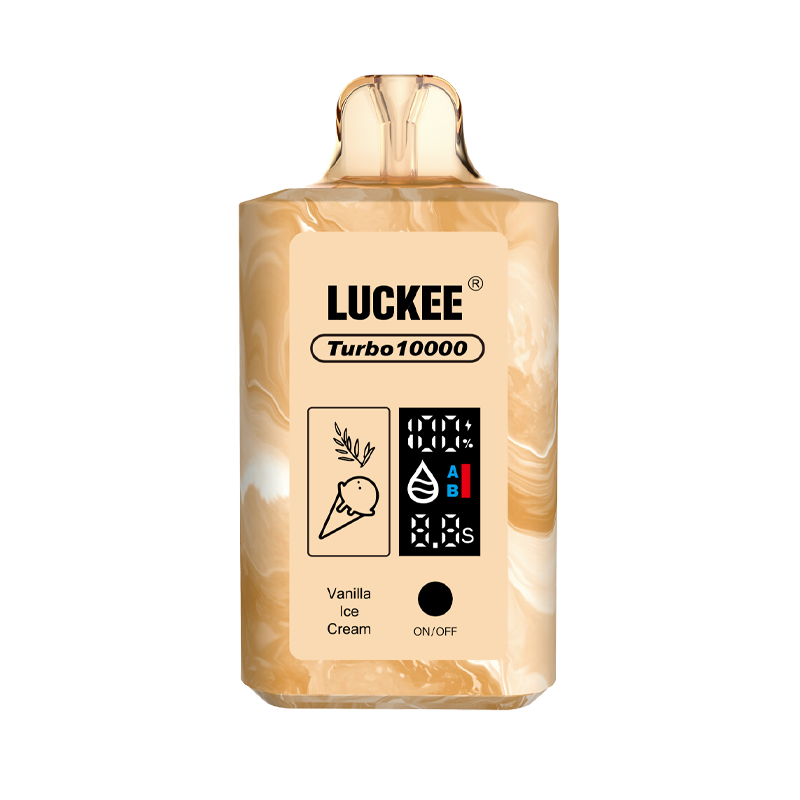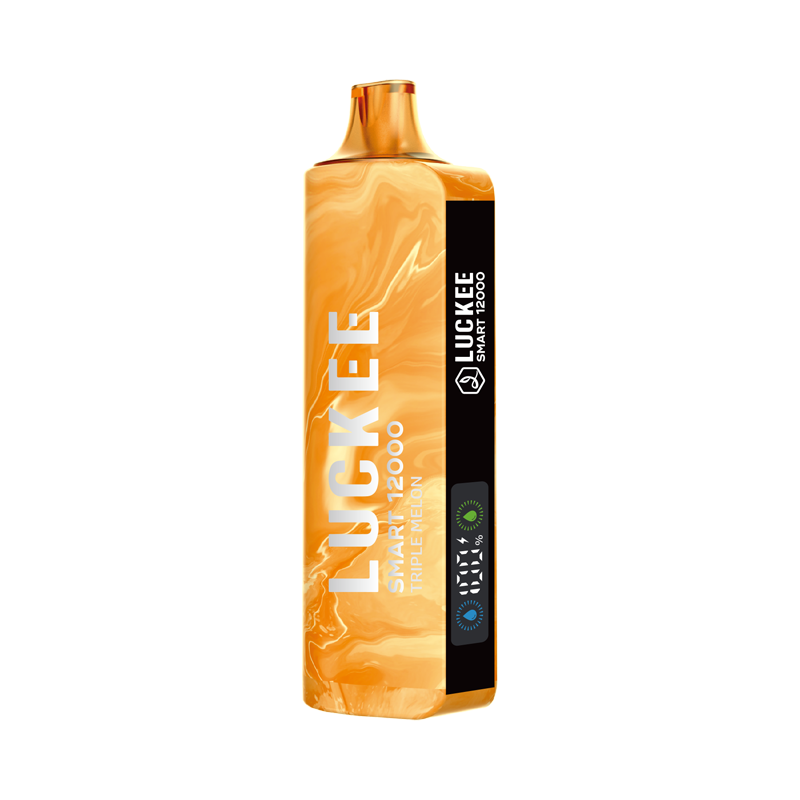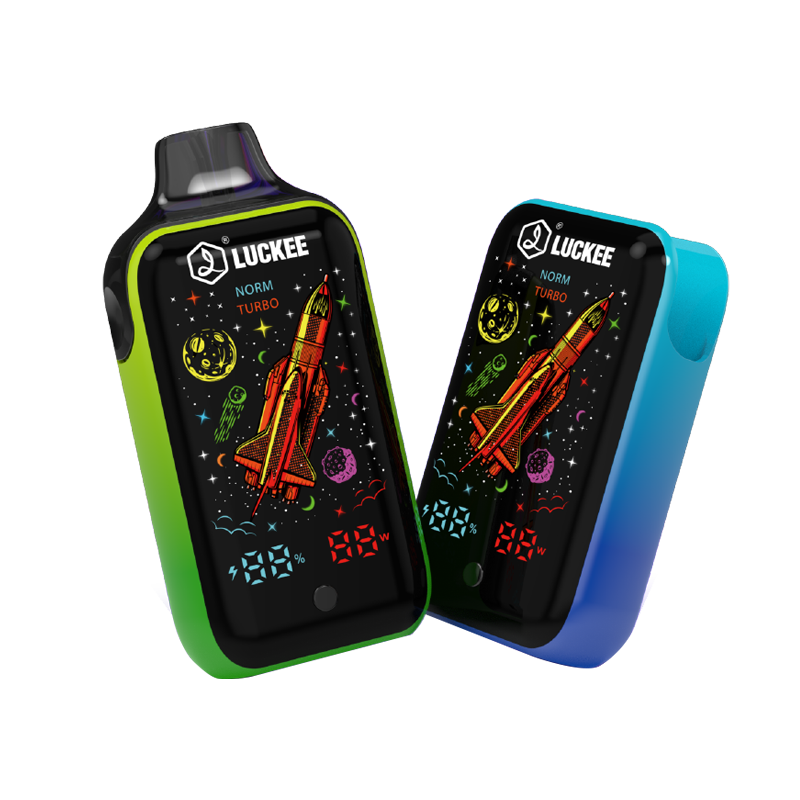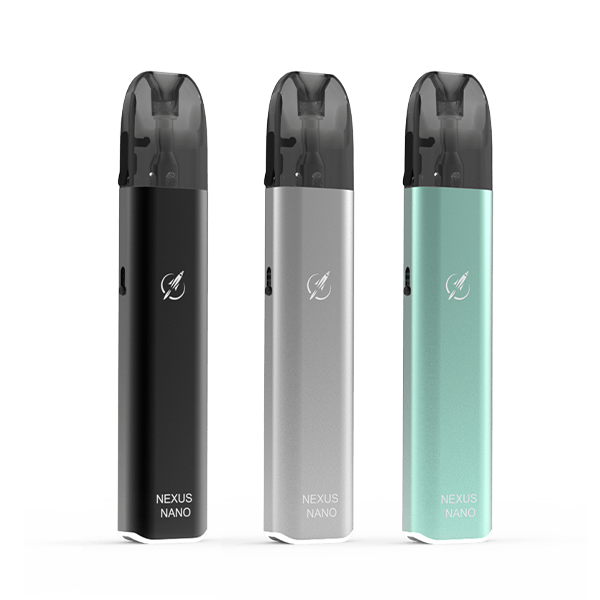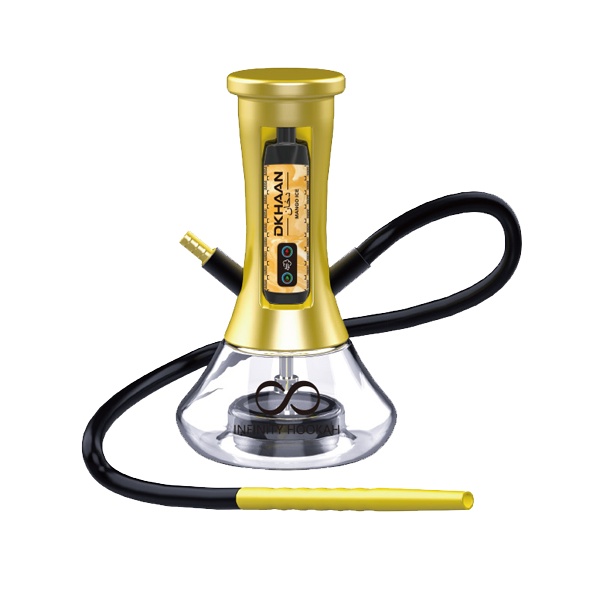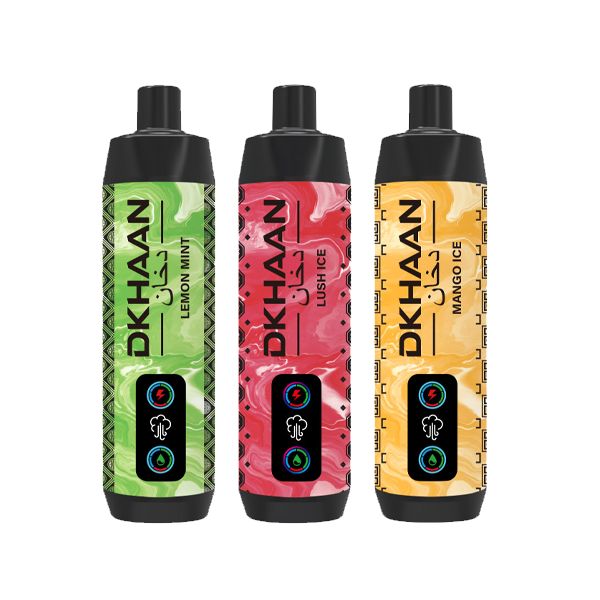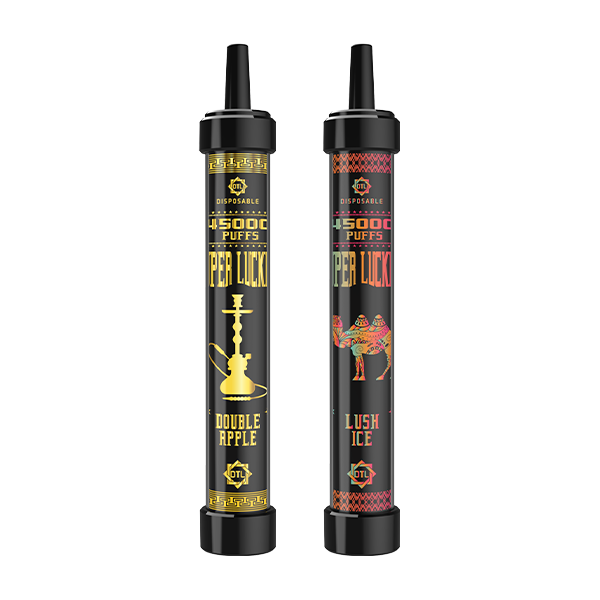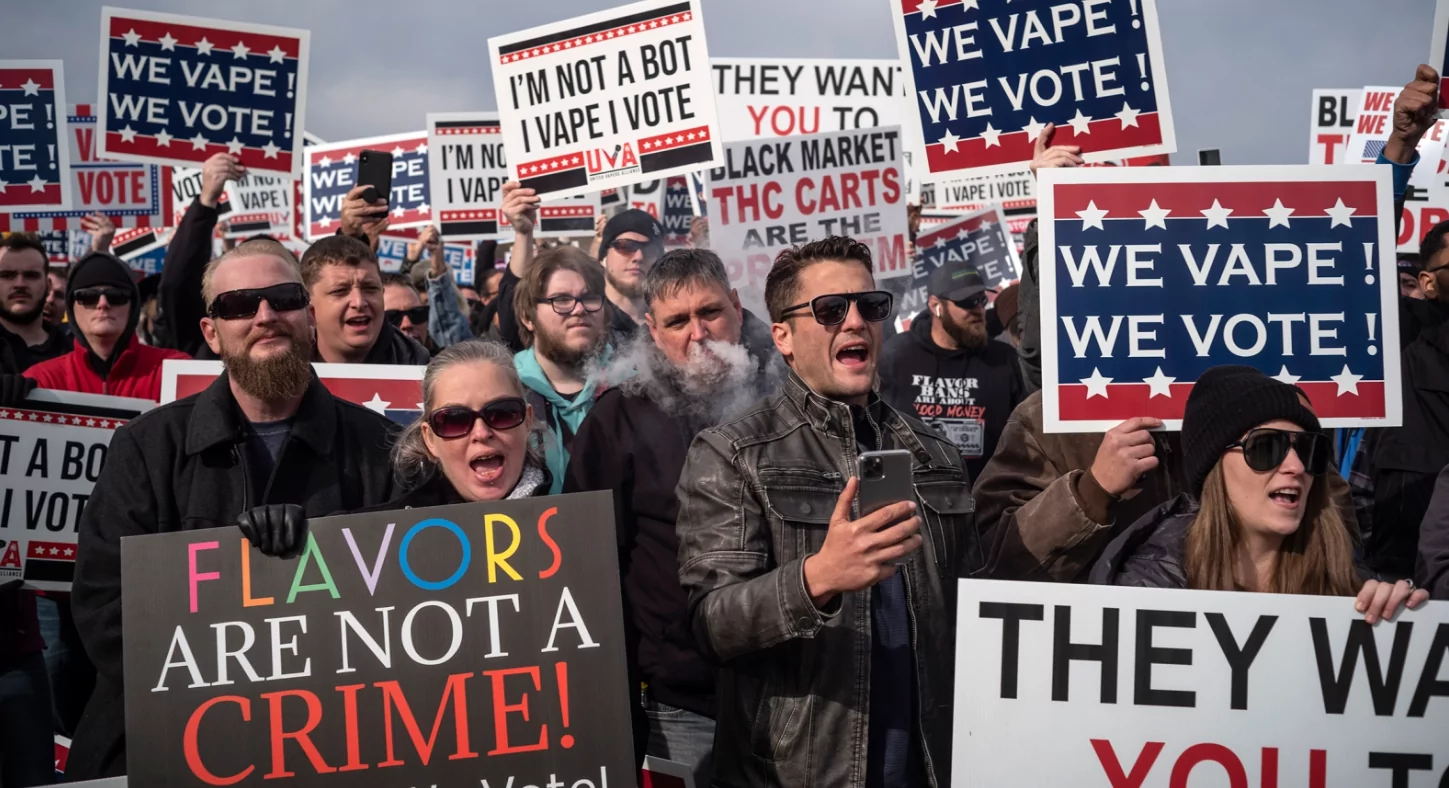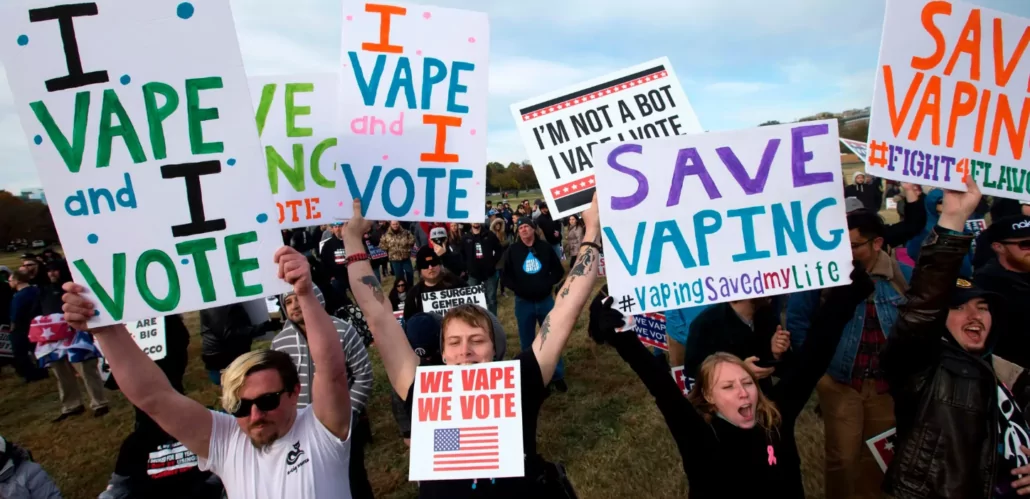Over the past decade, vaping has transformed from a niche habit into a global phenomenon. In its early days, it was often associated with traditional smoking and viewed as an alternative for cigarette users. Today, however, millions of people across the world vape regularly, and the industry has matured into a mainstream market segment.
Yet despite its growth, recent years have seen a sharp rise in vaping restrictions. A growing number of countries have introduced vape bans—ranging from partial limitations to outright prohibitions. While the motivations behind these policies vary, they share a common goal: reducing vaping prevalence and controlling the accessibility of e-cigarette products.
In this article, we’ll examine how vape bans are being implemented across different regions, their implications for the global vaping industry, and the ongoing debate around their effectiveness. We’ll also explore how the industry is adapting to shifting regulations. Let’s get started.
What Is a Vape Ban?
A vape ban typically refers to a law or policy that restricts or completely prohibits the sale, use, or possession of e-cigarettes and related vaping products. These bans can be total—completely outlawing vaping—or more selective, including rules like minimum age limits, usage restrictions in public spaces, or prohibitions on flavored products.
As of 2021, over 30 countries have enacted some form of vape control, and that number continues to grow. While some governments adopt comprehensive bans, others implement more targeted policies designed to protect specific groups, such as minors.
Global Vape Regulation: A Country-by-Country Approach
There is no universal standard when it comes to regulating e-cigarettes. Each country sets its own rules, often shaped by cultural attitudes, public health priorities, and political context.
-
In the United States and the United Kingdom, national laws provide broad regulatory frameworks, though state and local governments may implement their own specific rules.
-
In Canada, France, and other countries with decentralized governance, vaping laws can vary significantly between provinces or regions.
The most common regulation worldwide is age restriction—most nations prohibit the sale of vaping products to individuals under 18. Additionally, public use restrictions are common, with e-cigarette use banned in many indoor public spaces, such as restaurants, schools, and public transport.
Another widespread policy is the ban on flavored e-liquids, particularly those that appeal to young users (e.g., candy, fruit, or dessert flavors). These flavor bans are often introduced as a measure to prevent youth vaping uptake.
Vape Bans in the United States
In the U.S., the regulation of vaping products is handled at both federal and state levels. While some states have adopted strict measures—such as banning flavored vapes or raising the legal purchasing age—others have relatively relaxed rules.
At the federal level, the U.S. Food and Drug Administration (FDA) oversees product regulation. The FDA mandates that all nicotine-containing products display addiction warnings and has proposed further actions, including the potential ban of flavored e-cigarettes like fruit and menthol. Although this federal flavor ban is still pending, its enforcement could significantly reshape the market landscape.
The following states have started putting regulations on vape sales and products:
| Arkansas | 18 | Tobacco permits issued to Arkansas businesses only allow face-to-face transactions, so online sales are prohibited |
| California | 21 | Flavor ban was attempted to be passed in 2020 but has been on hold for the November 2022 referendum. It will prohibit all vape flavors besides tobacco |
| Georgia | 21 | Georgia allows only face-to-face retail transactions of vaping products, so online sales are prohibited |
| Maine | 21 | No online sales unless between licensed businesses |
| Massachusetts | 21 | Statewide ban of all flavored vapes besides tobacco flavor |
| New Jersey | 21 | Flavor ban prohibits the sale of all flavors besides tobacco or menthol |
| New York | 21 | Flavor ban prohibits the sale of all flavors besides tobacco, menthol, mint, or wintergreen |
| Oregon | 21 | No online sales unless between licensed businesses |
| Rhode Island | 18 | Statewide ban of all flavored vapes besides tobacco flavor |
| South Dakota | 21 | Prohibits out of state shipping of all vaping products |
| Utah | 21 | No online sales unless between licensed businesses |
| Vermont | 21 | No online sales unless between licensed businesses |
Major cities with flavor bans include Chicago, IL; Los Angeles (takes effect in 2023), San Diego, Sacramento, Oakland and San Jose, CA; and Boulder, CO. Hundreds of smaller cities and counties—mostly in California—have flavor bans, as do some larger cities whose bans have since been superseded by state bans (like New York City and Newark, NJ)
Complete bans on vaping product sales have been adopted by San Francisco and some smaller California cities
Wikipedia: List of Vaping Bans in the United States
Vape Bans Around the World: Legal Use vs. Legal Sale
Vape bans are steadily expanding across the globe. As of 2021, over 30 countries have introduced some form of restriction on the sale or use of e-cigarettes and other vaping products. These restrictions vary significantly—from full bans to partial regulations targeting nicotine content or product distribution. In many regions, enforcement is inconsistent, and black markets often emerge in response to strict regulations.
Countries like Canada, Australia, and France apply a provincial or regional approach, where regulations can vary from one area to another. While some provinces have imposed stricter rules—such as flavor bans or age limits—others remain more lenient.
Below is an overview of how different countries regulate vaping, organized by legality of use and sale:
✅ Legal to Use, But Illegal to Sell
These countries allow personal use of vaping products, but prohibit commercial sale:
-
Antigua and Barbuda
-
Argentina
-
Bhutan
-
Brazil
-
Brunei Darussalam
-
Chile (except approved medical products)
-
Colombia
-
Egypt (regulation pending)
-
Ethiopia
-
Iran
-
Jamaica (without a medical license)
-
Kuwait
-
Lebanon
-
Macau (ban effective December 2022)
-
Malaysia (nicotine-containing products only; full bans in some states)
-
Mauritius
-
Mexico (includes nicotine-free products)
-
Nepal (unclear regulations)
-
Oman
-
Panama
-
Seychelles (regulatory change expected)
-
Sri Lanka
-
Suriname
-
Timor-Leste
-
Turkey (importation banned; local use legal)
-
Turkmenistan
-
Uganda
-
Uruguay
-
Venezuela (unless medically approved)
🚫 Completely Banned: Illegal to Use and Sell
These countries prohibit both personal use and commercial sale of vaping products:
-
Cambodia
-
Gambia (believed banned)
-
Lao People’s Democratic Republic (Laos)
-
Myanmar (believed banned)
-
North Korea
-
Qatar
-
Singapore (possession punishable by law)
-
Syria
-
Vatican City
⚠️ Restricted or Mixed Regulations
These countries allow limited access, often with unique regulatory nuances:
-
Australia – Legal to use, but nicotine possession requires a prescription; unauthorized imports can result in heavy fines (up to AUD $222,000).
-
Japan – Devices and nicotine-free e-liquids are legal; nicotine liquids are banned for sale but can be imported personally under certain conditions. HTPs like IQOS are popular and legal.
-
India – Legal to use, but sale banned nationally since 2019. Notably, the government has not taken similar steps to limit cigarette sales.
-
Thailand – Legal to use (unofficially), sale and import banned. Strict enforcement includes arrests and fines.
-
Turkey – Import of vaping products is banned, though domestic use and informal markets still exist.
🇺🇸 Special Case: United States
-
Legal to use and sell, but only FDA-authorized products are technically allowed for sale after Sept. 9, 2021.
-
No national ban exists, but many states and cities restrict flavors, online sales, or impose marketing limitations.
-
Some cities like San Francisco have implemented full retail bans on all e-cigarette products.
This diverse regulatory landscape highlights the complexity of global vaping governance. In some regions, enforcement is strong and penalties are high. In others, vaping remains in legal limbo, subject to unclear or inconsistent laws.
Source: (Check the full list of vaping laws in different countires)
- Tobacco Control Laws (Campaign for Tobacco-Free Kids)
- Institute for Global Tobacco Control (Johns Hopkins University)
Global Vape Bans: Most and Least Restrictive Countries, Industry Impact, and Future Outlook
Countries with the Most Restrictive Vape Bans
Some nations have adopted exceptionally strict policies toward vaping—banning not only the sale but also the use and possession of e-cigarette products. Among the most regulated are:
-
Singapore – One of the toughest markets for vaping. It is illegal to buy, sell, use, or even possess e-cigarettes. Violators face heavy fines and potential imprisonment.
-
Malaysia – Nicotine-containing vape products are banned for sale nationwide, with additional total bans in several states such as Johor and Penang.
-
Thailand – Although use may not always be prosecuted, selling or importing vaping products is illegal and strictly enforced, even against tourists.
-
United Arab Emirates (UAE) – Previously had a total ban, although some revisions have been made in recent years, with regulated vaping products now allowed under strict conditions.
Countries with the Least Restrictive Vape Bans
In contrast, several countries have adopted relatively open and harm-reduction-focused approaches to vaping regulation:
-
United Kingdom – Vaping is not only legal but actively promoted as a smoking cessation tool. While regional regulations exist, national policy supports responsible access, with age limits and marketing controls.
-
Canada – Vaping is permitted across the country, although regulations vary by province. Most regions enforce age restrictions and packaging rules, but allow legal sales of nicotine-containing products. Overall, policies remain moderate and pragmatic.
Impact of Vape Bans on the E-Cigarette Industry
Vape bans can have wide-reaching consequences for the vaping industry:
-
Sales & Revenue Loss – Restrictions on product access often lead to a sharp decline in legal sales, impacting manufacturers, distributors, and retailers.
-
Reduced Employment – The e-cigarette industry supports thousands of jobs in manufacturing, supply chain, retail, and logistics. Widespread bans threaten these employment sources.
-
Innovation Slowdown – With legal uncertainty, companies may scale back investment in research and development. This stifles innovation and delays the rollout of safer, more advanced vaping technologies.
-
Black Market Growth – In countries with strict bans, illicit trade often flourishes, potentially exposing consumers to unregulated and unsafe products.
How the Industry Is Responding
Faced with growing restrictions, the vape industry has adopted several strategies:
-
Regulatory Compliance – Many companies are enhancing age-verification systems, modifying packaging, and limiting flavor offerings to comply with new laws.
-
Product Adaptation – Some businesses are developing alternatives that fall outside the scope of current regulations, though this comes with legal risks.
-
Legal Action & Advocacy – Industry leaders and trade associations in some countries are challenging bans in court or lobbying policymakers to push for balanced, evidence-based regulation.
The Future of Vape Bans
The regulatory future of vaping remains uncertain and varies by country:
-
In the United States, the federal government has largely deferred to state and local jurisdictions, resulting in a patchwork of laws with varying degrees of restriction.
-
In contrast, the United Kingdom has taken a more centralized and proactive role, implementing national regulations while supporting tobacco harm reduction.
As global attitudes toward vaping continue to evolve, we are likely to see both:
-
An increase in new vape bans, especially in countries with strong anti-tobacco or public health campaigns
-
A shift toward more nuanced regulation, focusing on specific issues like youth access, flavor control, labeling, and advertising rather than blanket prohibitions
Conclusion
Vape bans are becoming more common worldwide, driven by diverse motivations but unified in their goal to limit the spread and appeal of vaping. These restrictions carry both public health and economic consequences—shaping product availability, consumer behavior, and industry innovation.
In this article, we explored the global landscape of vape bans, the countries with the most and least restrictive approaches, and how the industry is adjusting. As the regulatory climate continues to change, it will be essential for manufacturers, retailers, and consumers to stay informed and adaptive.
To keep up with the latest vape laws, product compliance updates, and regulatory insights, visit our blog. We’ll continue tracking global developments to help you navigate the evolving e-cigarette industry with clarity and confidence.

